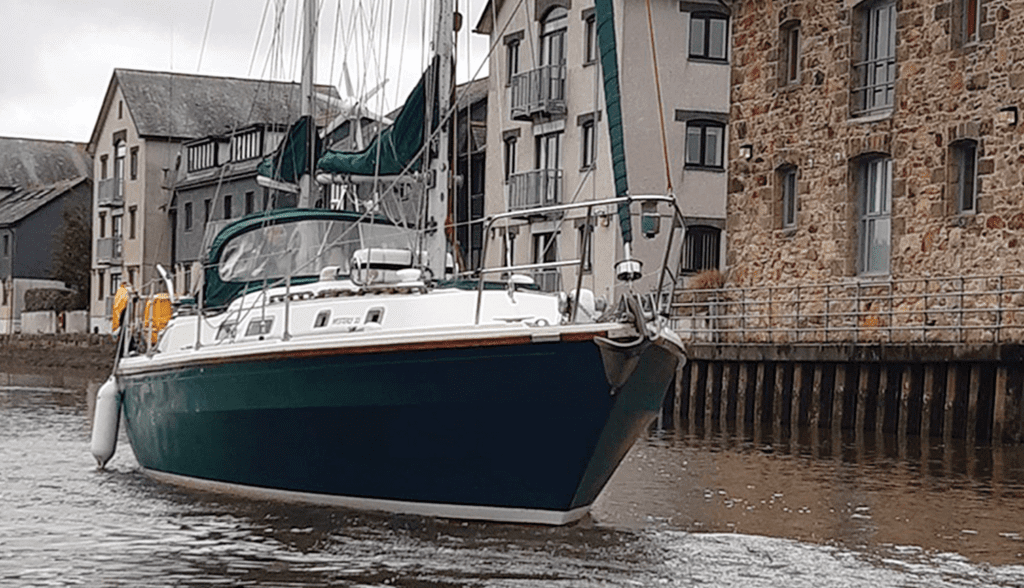WATCH PROPANE HOSE CHAFE
Another boat owner told our owners’ group that he discovered his LPG hose at the stove went almost to the point of leaking. His pictures looked exactly like the one shown in your report blaming rodents (see “Propane Dos and Don’ts, PS March 2014). In this case, there were no rats. It was caused by leaving the stove gimbaled all the time, which was chafing the hose against the hull. I would guess that a rat would make a hole much more jagged than this one. I checked mine to find only minor chafing, but replaced it with a metal-clad hose, and only gimbal the stove when in use.
Kent Robertson
Amel Super Maramu
St. Michaels, MD
SKY-HIGH MULTIHULL PRICES
I realize that your report “Multihull Madness” (see PS March 2017) is not intended to be a comprehensive history of multihulls but it still feels remiss to not mention the now stratospheric prices for well-built multihulls longer than 40 feet. My son wanted to take his family cruising a few years ago and bought into the multihull mania. He sold his house and wound up spending three times as much on a 46-foot Leopard as he would have needed to for a comparable length monohull.
A long, long time ago I was a fan of Jim Brown’s, The Case for the Cruising Trimaran, as it seemed to offer to bring a cruising boat into a price bracket that a young scuba instructor might possibly be able to afford to buy or build. Now that I am no longer young, no longer impoverished and no longer infatuated with cruising the tropics, I am modifying a (monohull) motorsailer for cruising the Inside Passage to Alaska.
Ken Wood
via PS Online
CRUISING A FARRIER F33XC
Thanks for a great article on multihulls, I bought a Farrier F33XC five years ago. With regards to creature comforts, we’re definitely “camping” relative to similar length monohulls, but we are sailing when most others are motoring, and the room on deck makes up for the cramped space below. My motto: If you want the comforts of home, stay home. I cruise in British Columbia, where summer winds are notoriously light. To paraphrase Conrad, when it does blow, I reef early – ’cause any damn fool can carry too much sail.
And yes, now that it’s been mentioned, I’ve learned that angle of heel rather than weather helm indicates a sail change is in order. With regards to permanent mooring, I’ve been lucky to find a fabulous spot (close to the San Juans and the Gulf Islands) heavily discounted because it’s almost dry at low tide. The spot is useless for most boats, but perfect for mine!
Stewart Jeanes
via PS Online

CAT LOVER GOES BACK TO ONE HULL
I loved my Gemini 105 catamaran. The shoal draft made it easy to dry out on the tide in places like Cardiff (U.K.). But when I found I was more frequently sailing single-handed, I went back to a monohull. My Westerly ketch is slower, but I’m able to cook, etc. without any worries. If overpressed, it may tip a bit, or start luffing up, but won’t do anything nasty. The only thing that would capsize it would be a broach and a following breaking sea.
Michael Maguire
Green Pepper, Westerly 33
Cardiff, United Kingdom





































